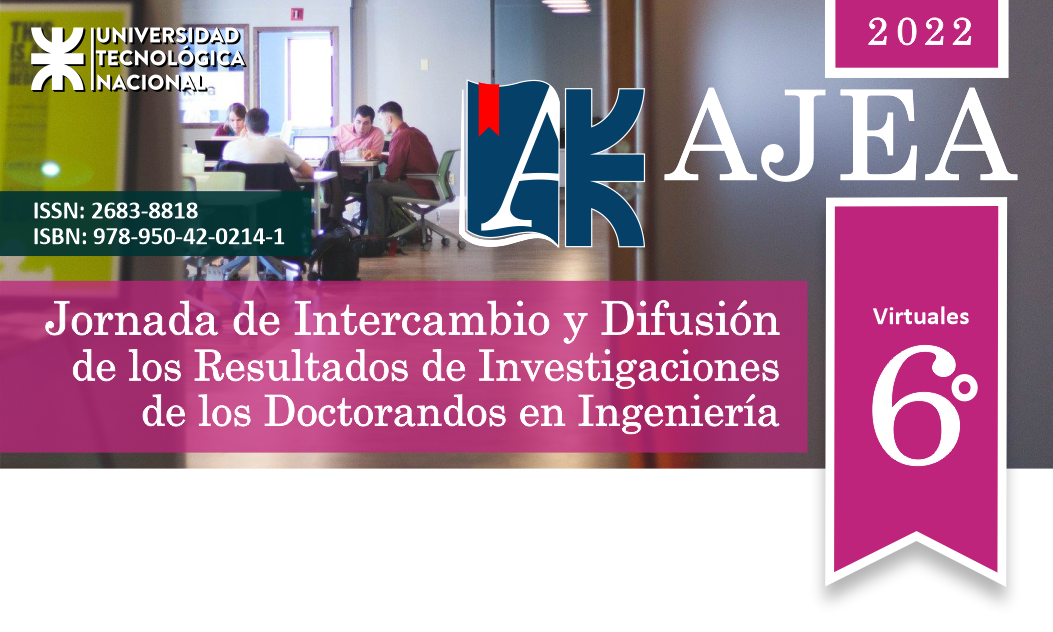Building a heterogeneous chemo-enzymatic cascade: optimization of immobilized peroxidase activity
DOI:
https://doi.org/10.33414/ajea.1026.2022Keywords:
Horseradish peroxidase, Enzymatic heterogeneous catalysis, Chemo-enzymatic cascade, Mesoporous silicaAbstract
The application of sustainable technologies and degradation of toxic pollutants has given room to the use of enzymes as complements of traditional catalysts due to their high selectivity and work at moderate temperature and pH conditions. The use of mesoporous materials modified with transition metals is proposed to generate superoxide radicals and serve as support for the enzymes superoxide dismutase (SOD) and horseradish peroxidase (HRP). The induced superoxide radicals will serve as SOD substrates in order to generate H2O2in situ, which will then be used by HRP to oxidize organic molecules in this chemo-enzymatic cascade. The free-HRP and SBA-15 or Cr/Ti/SBA-15 immobilized HRP activity was evaluated to optimize the last step of the chemo-enzymatic cascade, as presented in this study. HRP activity reached an optimum at 1.4 mM H2O2, with a large part of the reaction occurring within the first minutes. On the other hand, the smaller surface of the Cr/Ti/SBA-15 material diminished the enzyme's activity in that support compared to that in unmodified SBA-15.










